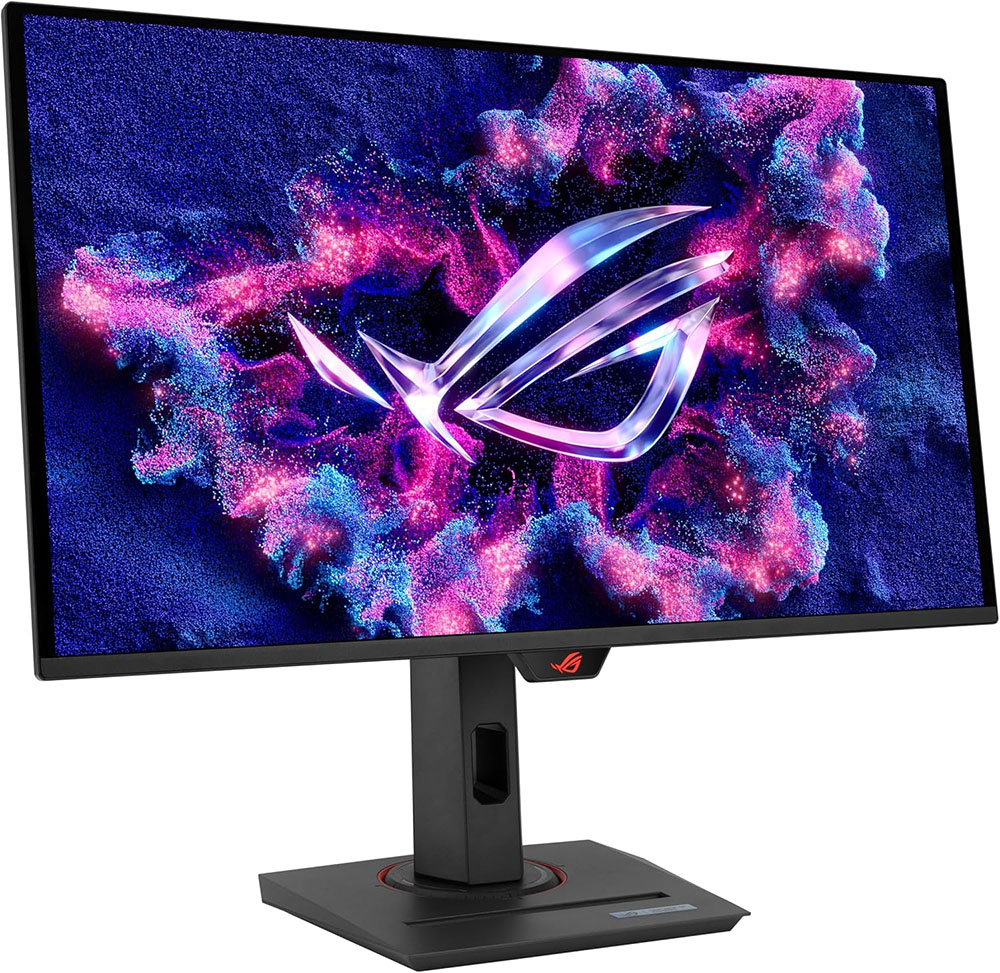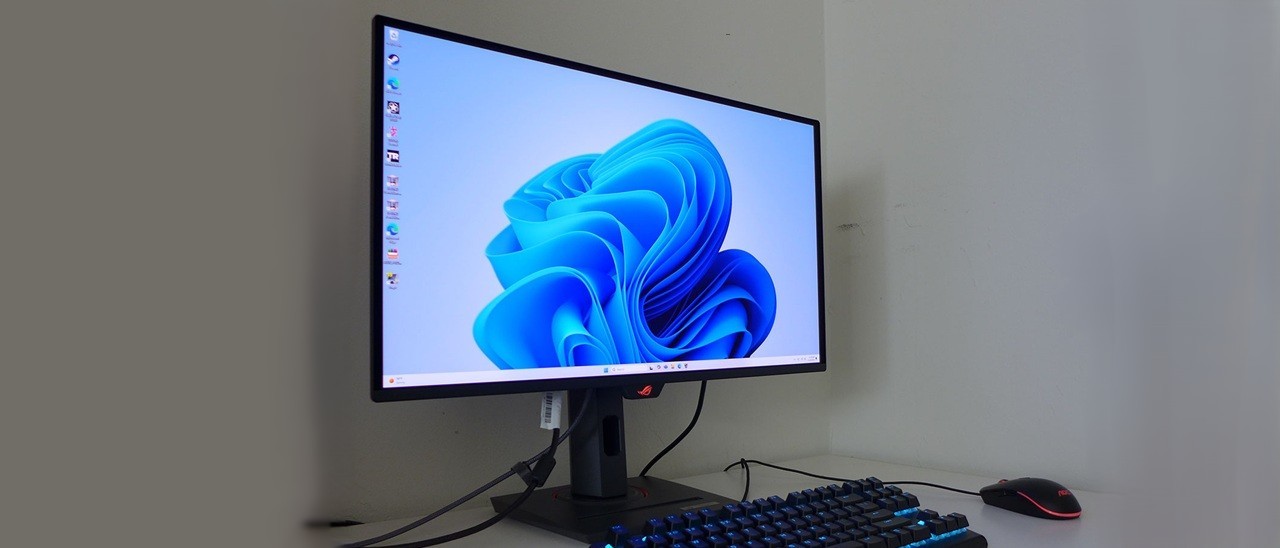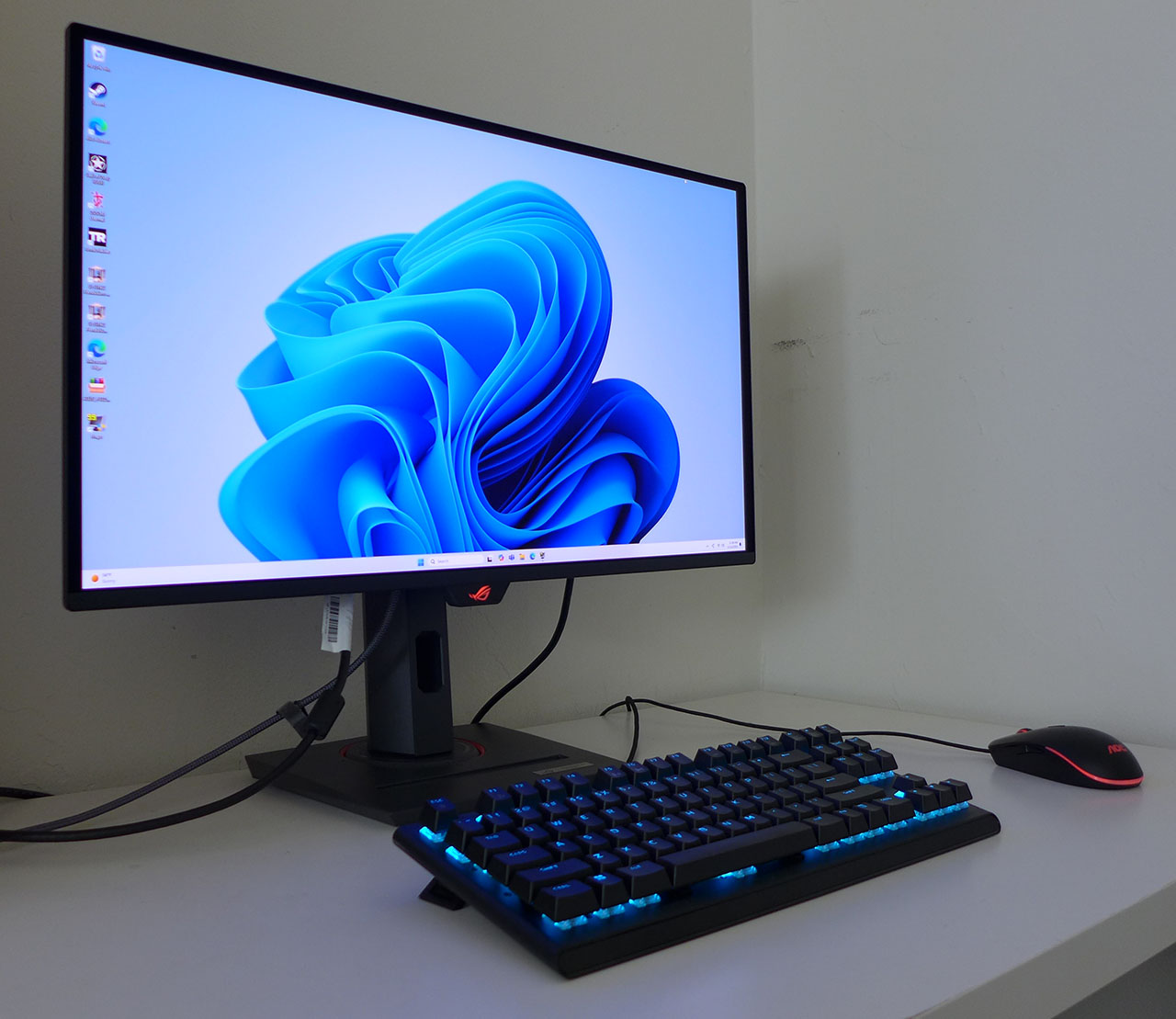Why you can trust Tom's Hardware
With new speedy OLED gaming monitors appearing on almost a weekly basis, you’d think prices would drop more quickly. Sadly, this hasn’t happened but that doesn’t mean the category lacks value. The image quality and gaming performance offered is simply next level. The only thing other technologies can boast is higher brightness, but nothing can beat OLED’s black levels and contrast.
LCD can’t match OLED’s video processing smoothness and low input lag either. All the examples I’ve tested were super smooth and had no perceptible delays in control response. And you don’t need to run at dizzying frame rates to eliminate motion blur. 360 Hz is more than enough. The Asus ROG Strix XG27ACDNG stands above the 240 Hz rank and file with its 360 Hz and perfect Adaptive-Sync. And it offers the options of ELMB strobing and OLED Flicker compensation.

To this wonderful goodness, it adds some of the best color I’ve ever seen. Not only does it cover 111% of DCI-P3, making it the most colorful OLED I’ve yet tested, it’s unfailingly accurate as well, as in equal to or better than any professional screen. And it nailed those numbers right out of the box, no calibration needed. It’s so good that I couldn’t make even the smallest improvement.
So, you’ve got a stunning image, unparalleled gaming performance and perfect color. The Asus ROG Strix XG27ACDNG has no flaws of consequence. Does that make it expensive at $700? Compared to the broad scope of 27-inch gaming displays, yes. But you’re getting one of the best gaming monitors available and there are certainly more expensive examples that don’t perform as well. If you want the best in a 27-inch flat OLED, this one should be on your shortlist.
MORE: Best Gaming Monitors
MORE: How We Test PC Monitors
MORE: How to Buy a PC Monitor
Get Tom's Hardware's best news and in-depth reviews, straight to your inbox.

Christian Eberle is a Contributing Editor for Tom's Hardware US. He's a veteran reviewer of A/V equipment, specializing in monitors. Christian began his obsession with tech when he built his first PC in 1991, a 286 running DOS 3.0 at a blazing 12MHz. In 2006, he undertook training from the Imaging Science Foundation in video calibration and testing and thus started a passion for precise imaging that persists to this day. He is also a professional musician with a degree from the New England Conservatory as a classical bassoonist which he used to good effect as a performer with the West Point Army Band from 1987 to 2013. He enjoys watching movies and listening to high-end audio in his custom-built home theater and can be seen riding trails near his home on a race-ready ICE VTX recumbent trike. Christian enjoys the endless summer in Florida where he lives with his wife and Chihuahua and plays with orchestras around the state.

